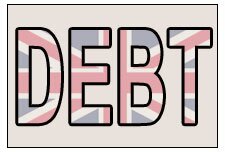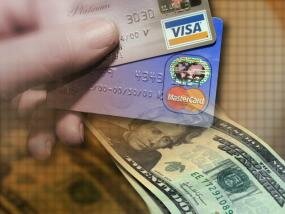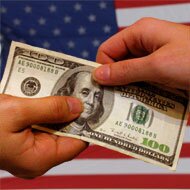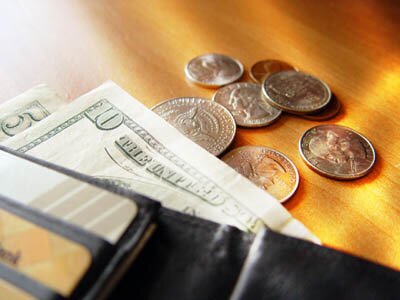In the face of volatile gas prices and higher energy costs, most area consumer said their debt has decreased from a year ago, according to a recent survey.
The survey from Consumer Credit Counseling Service of Delaware Valley revealed that 62 percent of people polled said they have less unsecured debt this year. It’s safe to assume that at least a handful of these individuals can thank the use of cash advance loans for this fact.

The survey compiled responses from 813 residents in Philadelphia, Delaware, Chester, Bucks and Montgomery counties in Pennsylvania, along with Camden, Gloucester and Burlington counties in New Jersey.
“I think there’s more emphasis right now with the high price of fuel and energy, and people really did take a look at their budget and cut back a little,” said Maureen Keown, vice president of communications and development at CCCSDV.
Of those respondents who said their unsecured debt was decreasing, approximately 59 percent indicated that they have taken active steps to reduce their debt. The leading method cited to lower debt by 34 percent was taking money from savings, as opposed to credit card consolidation, which ranked first in the 2005 survey.
There was no mention of no fax payday loan use.
Because many people dipped into their savings, 52 percent of those polled said they have saved less money in the last year, compared to 46 percent who reported saving less the previous year.
“If they’re paying an exorbitant amount on their interest, we do suggest they take some of that savings and pay down on higher interest debt because it will benefit you in the long run,” Keown said.
For consumers who said their debt has increased, 54.5 percent said gas prices were a primary reason, while 40 percent pointed to utility costs and another 34.5 percent cited rising health-care costs for a higher debt burden.
If expenses come down, of course, there will be less of a need to rely on payday cash loans or any fiscal resources.
 Also, 41 percent of women say they do not have enough income to live comfortably, compared with 29 percent of men.
Also, 41 percent of women say they do not have enough income to live comfortably, compared with 29 percent of men.






